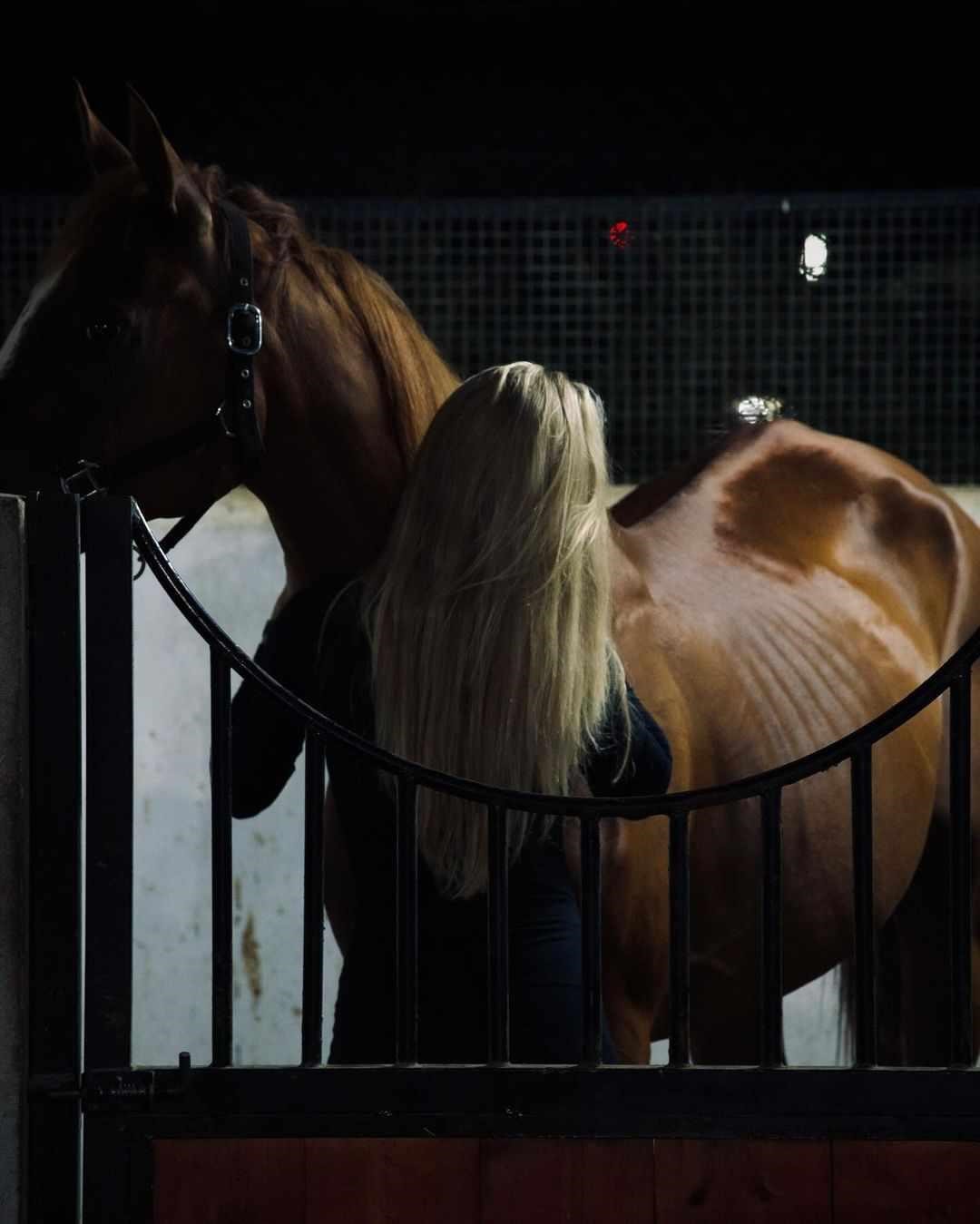Horses have been loyal friends for ages; their fortitude and tenacity have seen us through many historical periods. These majestic animals have held a special position in our hearts and lives from ancient civilizations, when they carried the weight of our long-distance travels, to the present period,
when they win races, carry big loads, and awe us in a variety of sports. Even though horses can recover from wounds quite well, treating injuries in them is still a major worry.
Horses adapt to new roles in today's ever changing society, whether it be on the racecourse, doing various jobs or participating in games. They are extremely reactive to abrupt changes in their surroundings because of their well-honed "Fight and Flight" reaction, which has been cultivated over generations.This increased sensitivity can occasionally lead to unanticipated mishaps and injuries, especially in strange places like veterinary clinics.
Taking care of these magnificent creatures necessitates a deep sense of obligation and respect for their inherent essence. Horses are not like many other animals in that they cannot be forced to do anything against their will. We discuss the fundamentals of wound care and injury treatment for horses in this blog, highlighting the need of treating these amazing creatures with the highest consideration, compassion, and understanding.

Typical Equine Injuries and Efficient Therapy Approaches
Despite their reputation for flexibility, horses can sustain a variety of ailments based on their activity. Interestingly, rather than affecting their upper body mass, these injuries primarily impact their limbs. This pattern can be explained by the limb muscles' high blood supply, which promotes mending that happens really quickly. Common injuries sustained by horses include contusions, cuts, and puncture wounds.
These injuries can sometimes happen while performing seemingly routine chores like moving a horse inside its stable. This emphasises how important it is to watch out for them constantly. When a horse gets injured, especially if it involves the lower limbs, proper wound care is essential. Disregarding this element may put your horse at serious risk. We will go into more detail about these frequent horse injuries in the following sections, along with their origins, symptoms, and crucial actions to take to ensure your horse's recovery and wellbeing.
Bruises
Bruises, or contusions, are caused by blunt force trauma or impact to the horse that injures the skin and underlying tissues.
Treatment: The mainstays for managing contusions are rest and close observation. Look for any indications of heat, swelling, or pain in the affected area. Apply cold compresses to reduce swelling. Seek veterinarian advice in situations of severe bruises to rule out underlying fractures or problems.
Lacerations
Deep cuts or tears in a horse's skin are called lacerations, and they are typically brought on by accidents, sharp objects, or runs-alongs with fences.
Treatment: Assess the wound's depth and seriousness after cleansing it with a mild antiseptic solution. Smaller cuts could require a veterinarian to clean and suture them. Veterinarian care for bigger or jagged wounds may include debriding, suturing, and giving antibiotics to avoid infection.
Puncture Injuries
Puncture wounds happen when a horse's skin and underlying tissues are punctured by sharp things like thorns or nails.
Treatment: Although puncture wounds appear minor at first, they can hide serious harm below the surface. After giving the wound a thorough cleaning, get a veterinary assessment. X-rays could be required to find fractures or foreign bodies. Prescription antibiotics are often given in order to avoid infection.
Strains and Sprains
While strains damage muscles or tendons and are usually caused by overuse or unnatural movements, sprains involve the stretching or tearing of ligaments.
Treatment: The best way to cure sprains and strains is to rest. In the early stages, applying cold compresses can help to reduce inflammation. In severe situations, physical treatment or anti-inflammatory drugs may be necessary. To assess the extent of the injury and create a suitable treatment plan, consulting a veterinarian is essential.
Fractures
When a horse sustains a fracture, it usually happens as a result of trauma or falls.
Treatment: Veterinary care for fractures must begin right away. Depending on the location and severity of the fracture, treatment options range from surgical intervention—which may involve the use of pins or plates—to more conservative measures like casting or splinting.
Summing Up
It is imperative to stress that a licenced equine veterinarian must evaluate and treat any injury, regardless of its type. They have the know-how to properly evaluate the damage and design a personalised treatment programme to ensure the horse heals quickly and fully. Furthermore, following the right wound care procedures, avoiding infections, and setting up follow-up appointments are essential steps in the healing process. It is essential to seek professional advice while treating equine injuries in order to avoid complications and protect your horse's wellbeing.

